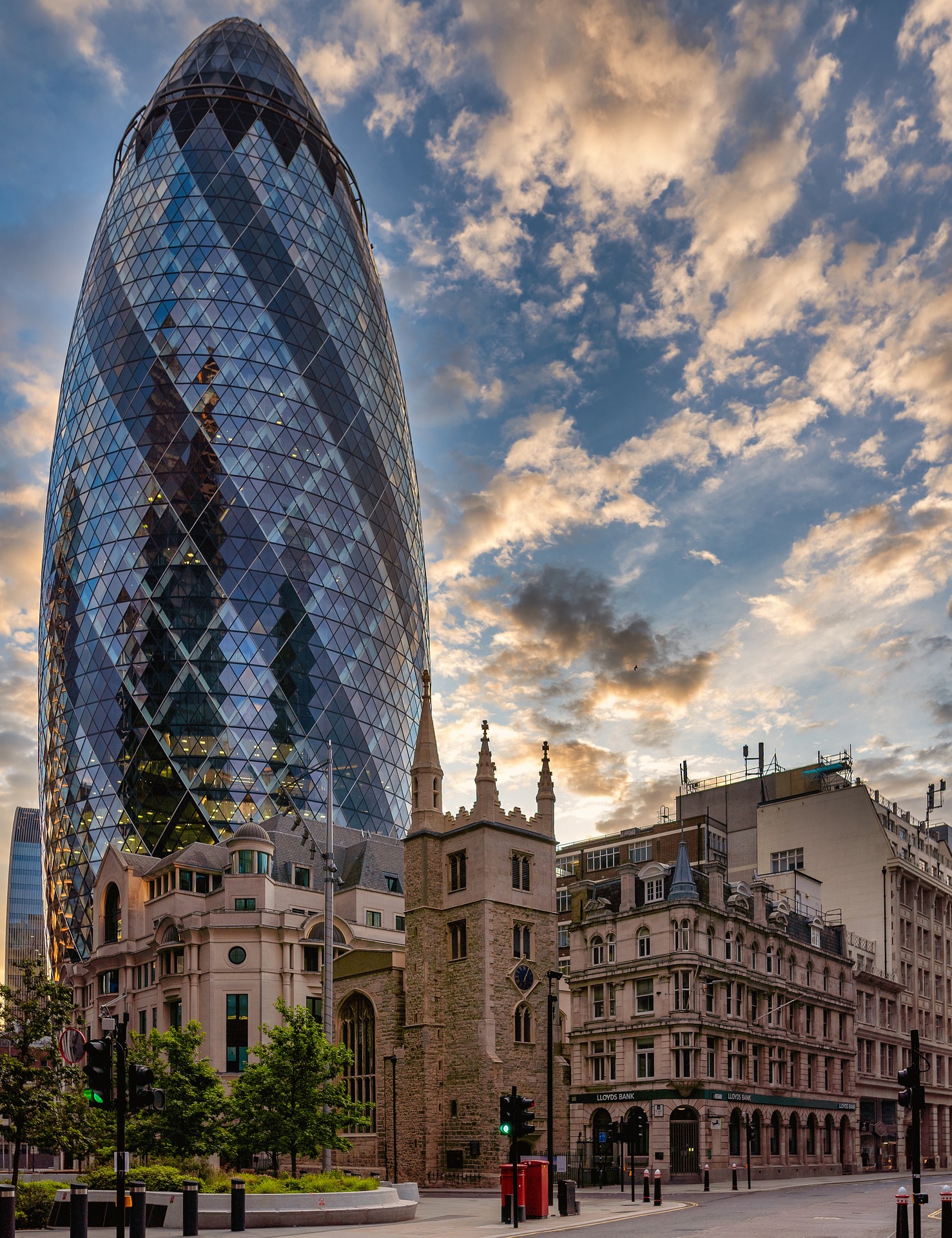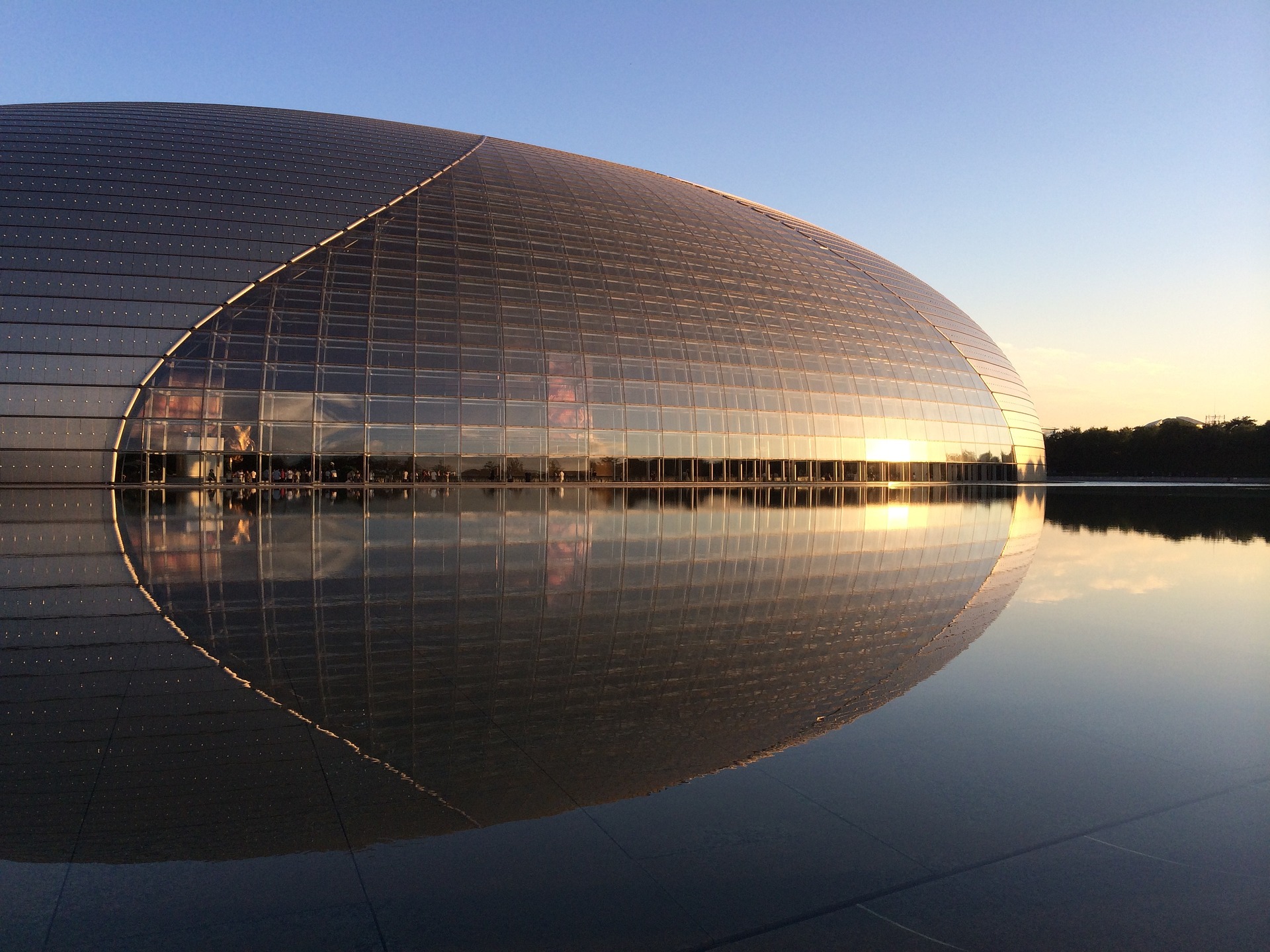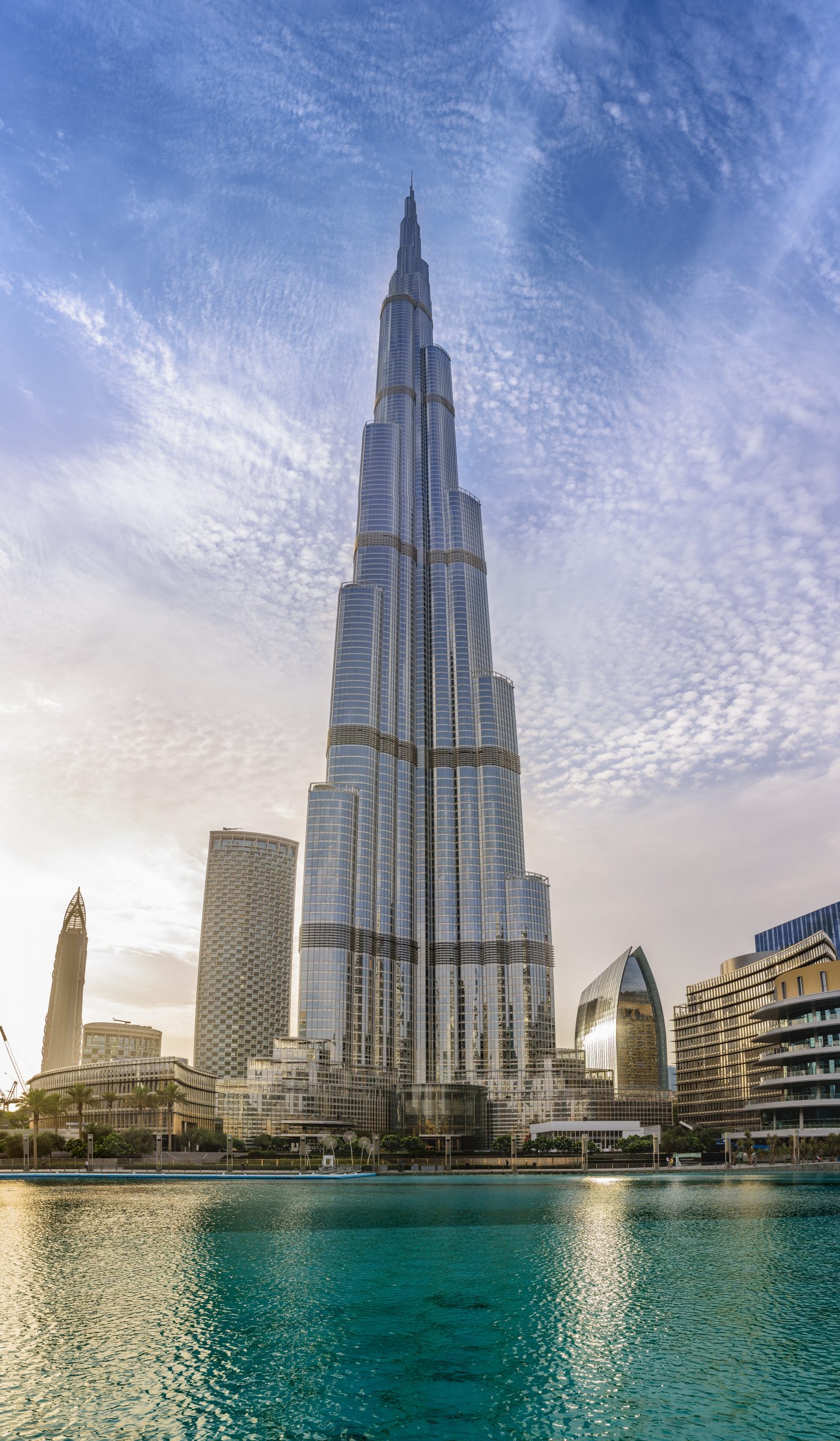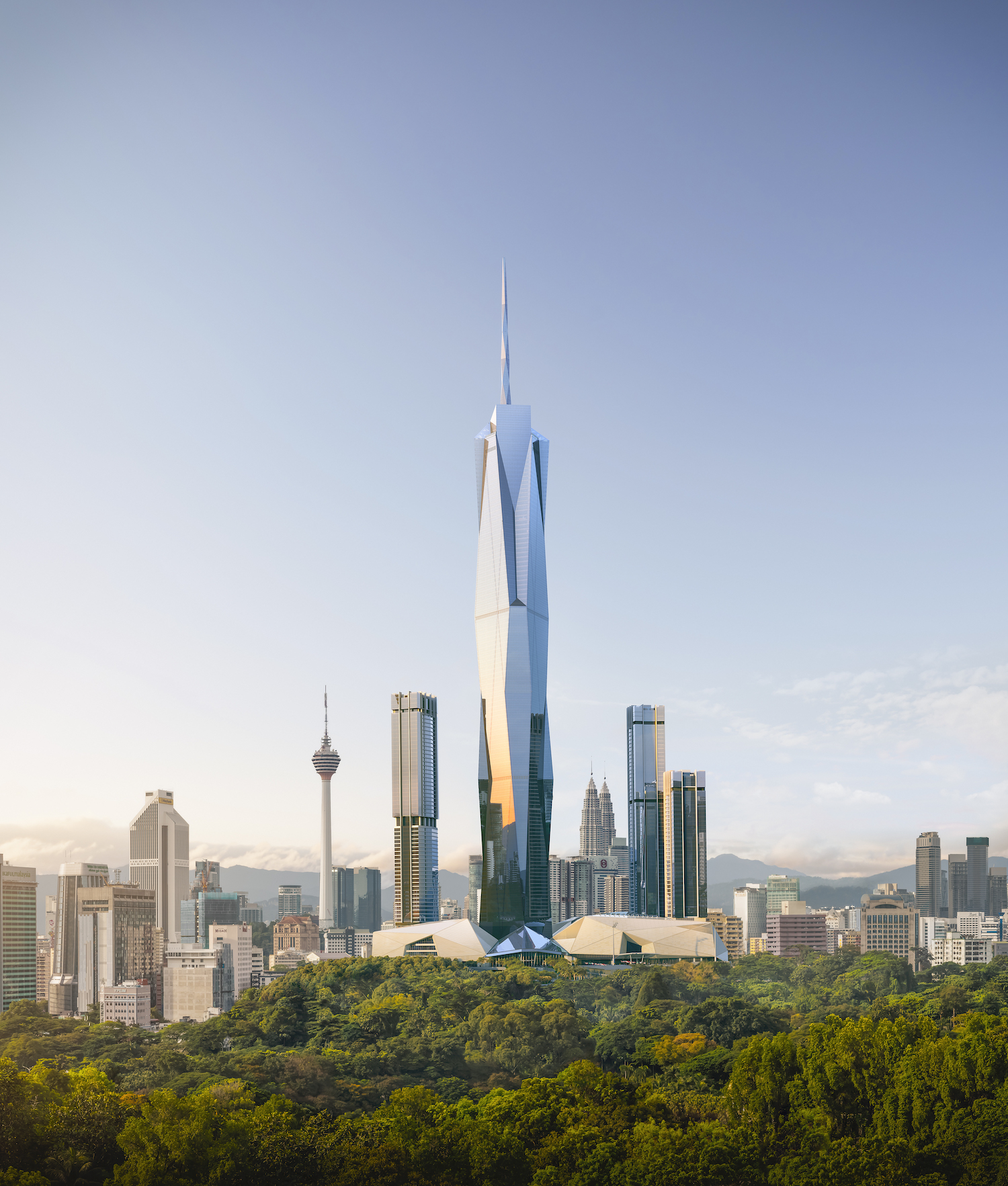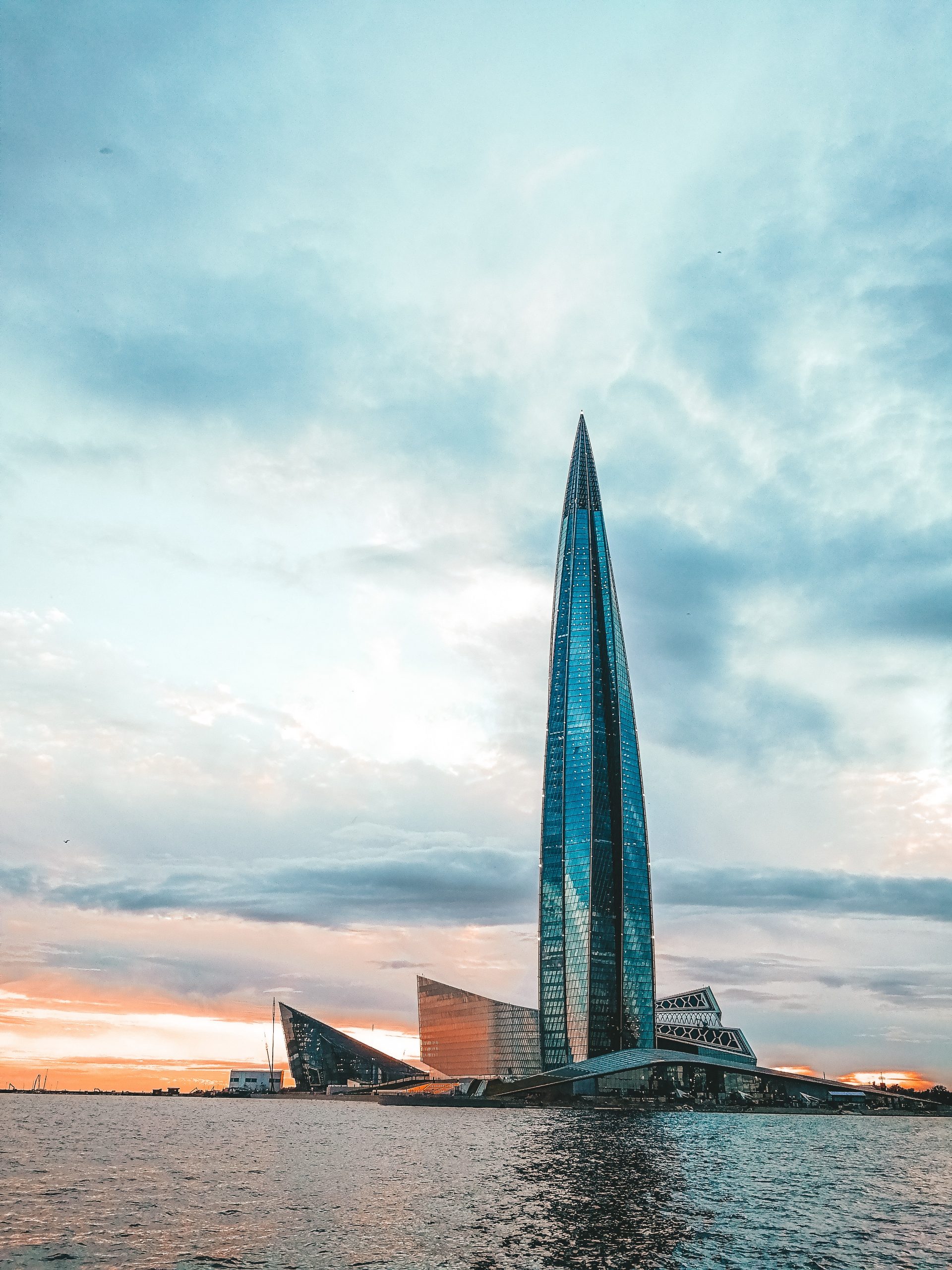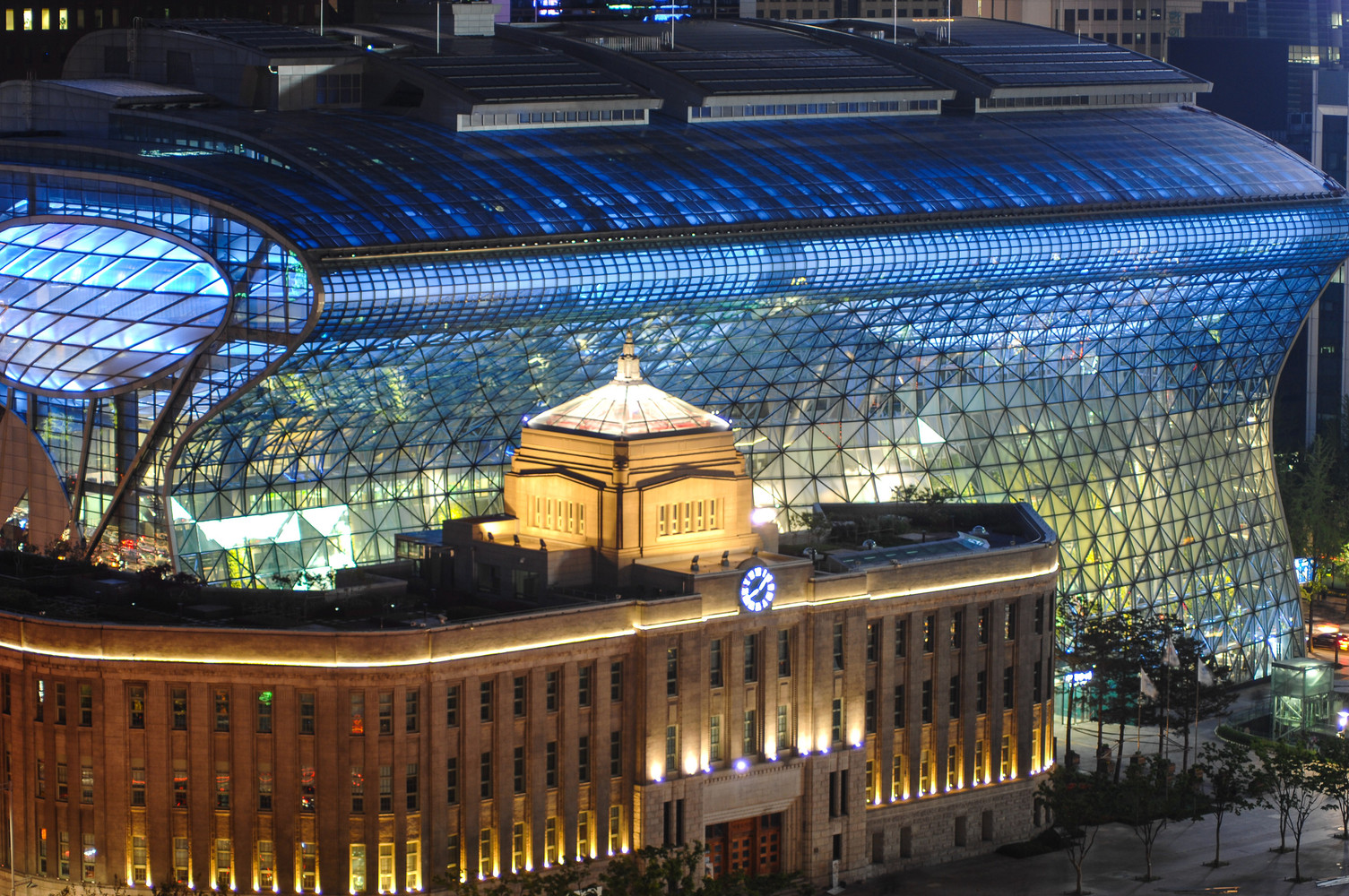The sight of a row of glass-fronted skyscrapers is a quintessential part of the modern cityscape. After steel and cement, glass is one of the key ingredients of contemporary architecture, certainly the most striking. Let’s learn more about the use of glass in architecture.
A window onto history
Since ancient times, people have been melting silica sand and allowing it to cool into glass. It was first used to make decorative items like beads, sharp cutting utensils, and domestic vessels. Around 100 CE, Romans started making mirrors and windows from glass. This marked the beginning of its use in architecture, although quality and transparency were low.
In medieval Europe, pieces of colored or stained glass were assembled into images in cathedral windows, playing with light and form. In 15th century Venice, research began into making better and more attractive glass including clear, transparent pieces. In France in the late 1600s, glass became a key part of the design of the Palace of Versailles, surpassed only by its use in a spectacular greenhouse in its gardens, which sparked a wave of similar construction around the world.
When glass began to be used as a building material, the demand for plate glass increased rapidly, and mass production through industrialization became necessary to meet this demand. In 1950s Great Britain the “float-glass method” was developed, in which a molten soda-lime mixture is made into smooth, flat panes of glass by floating atop a bath of molten metal. This is still used today. In particular, plate glass manufacturing developed rapidly in the 18th century, aided by the metering of raw materials, fuel and furnace. The Industrial Revolution in the late 18th century also had a great impact on the glass industry. As the glass industry developed, glass began to be used in earnest in modern architecture.
Varieties of architectural glass
Nowadays, glass is put to use both inside and outside buildings. Although they may look similar, there is surprising variation, so we can only explore a few here. Apart from the already familiar clear float glass, there is tinted glass that makes windows opaque and keeps out UV rays.
The layering of several sheets of glass together is called laminated glass; it is thicker and heavier and is therefore good for soundproofing and heat insulation. Glass bricks can be used to build walls and, because of their limited transparency, they let in natural light without losing privacy. Insulated glazed units or double glazing, two plates of glass separated by air or a vacuum, is used for windows because it helps keep indoor temperatures constant.
Diamonds in contemporary architecture
The use of glass on a building’s exterior has many advantages, chief among them being its aesthetic qualities. A glass facade looks distinctive and attracts people’s gaze. Here are just a few famous examples.
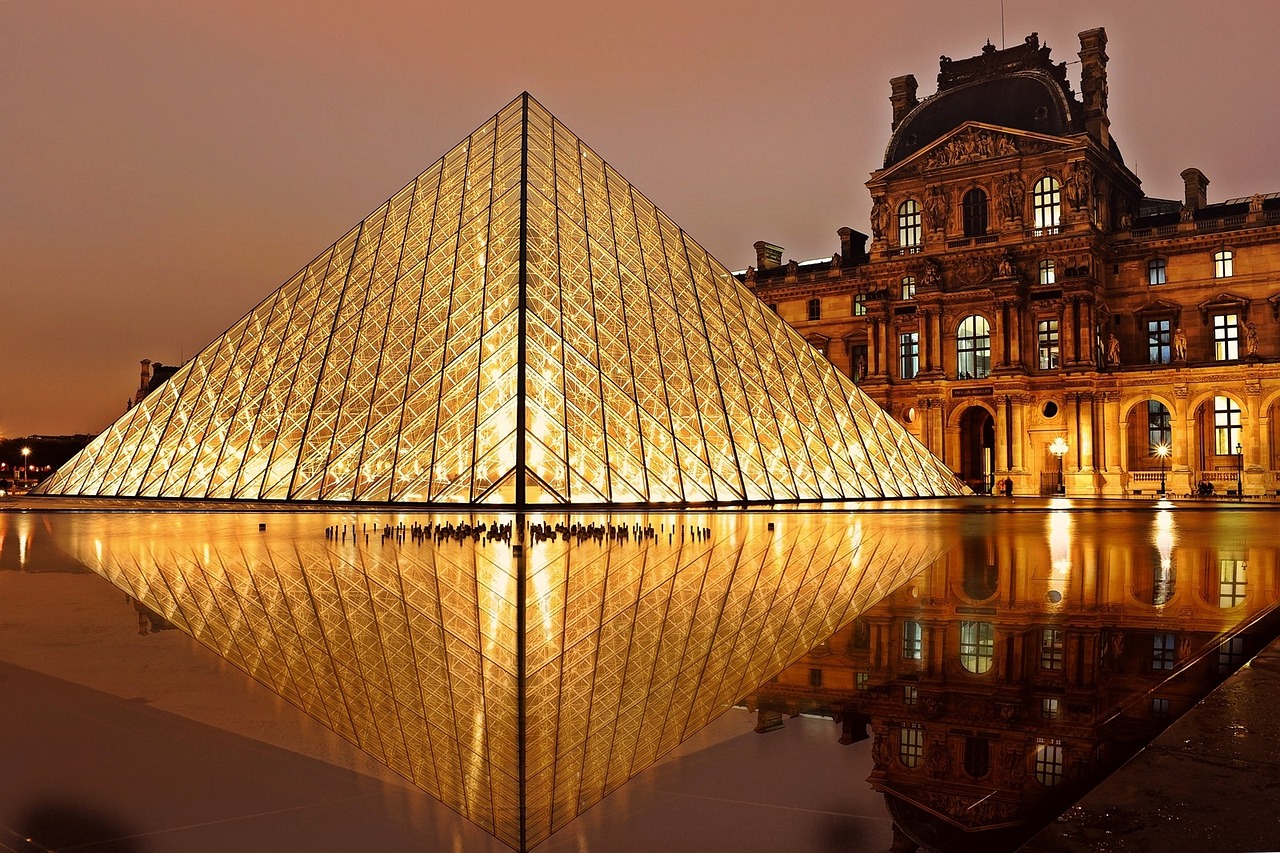
The Louvre, France’s historic art museum, has existed for over 200 years, but in 1984 it was given its distinctive glass pyramid entrance, comprising almost 700 glass panels, making it immediately recognizable.
Commonly known as “the Gherkin,” 30 St. Mary Axe in London has 5,500 flat glass panels in triangular and diamond shapes that let in a lot of natural light. Despite the building’s curved shape, only one piece of glass at its top is curved.
China’s National Center for the Performing Arts in Beijing looks like a giant egg floating on a lake. Its shell is made of titanium and over 1,000 pieces of glass, and it houses a massive concert hall and opera theater.
Samsung C&T's involvement in glass buildings
Samsung C&T’s Engineering & Construction Group is also involved in the construction of many buildings with beautiful glass exteriors. Below are some of the distinctive architectural marvels that Samsung C&T E&C has worked on.
Dubai’s Burj Khalifa, the tallest building in the world, consists of roughly 28,000 panels of glass in aluminum frames. Thanks to the “curtain wall” technique, it was possible to construct this building without placing extra weight on the structure.
Similarly, the world’s second-tallest building, Malaysia’s Merdeka 118, which is nearing completion under Samsung C&T E&C Group’s management, shines in the heart of Kuala Lumpur with its thousands of diamond-shaped panes of glass.
In addition, the elegant St. Petersburg’s needle-like Lakhta Center is famous for its curved glass facade featuring panes.
In Korea, the giant glass cliff walls of Ewha Womans University’s Campus Complex resemble giant mirrors facing each other and bring in natural light to what could otherwise be a dark underground space. Also, Seoul’s City Hall has a uniquely irregular glass structure that resembles a giant rolling wave frozen in time.
Samsung C&T E&C Group took advantage of its decades of experience with curtain wall construction to create such beautiful glass edifices. With this method, not only is the building’s exterior aesthetically pleasing, but also construction time is shortened and the building’s performance is enhanced.
Samsung C&T Engineering & Construction Group is constantly developing ways to improve buildings’ interior and exterior performance, efficiency, and beauty. Learn more about curtain wall construction in part 2 of our feature on glass in modern architecture.


